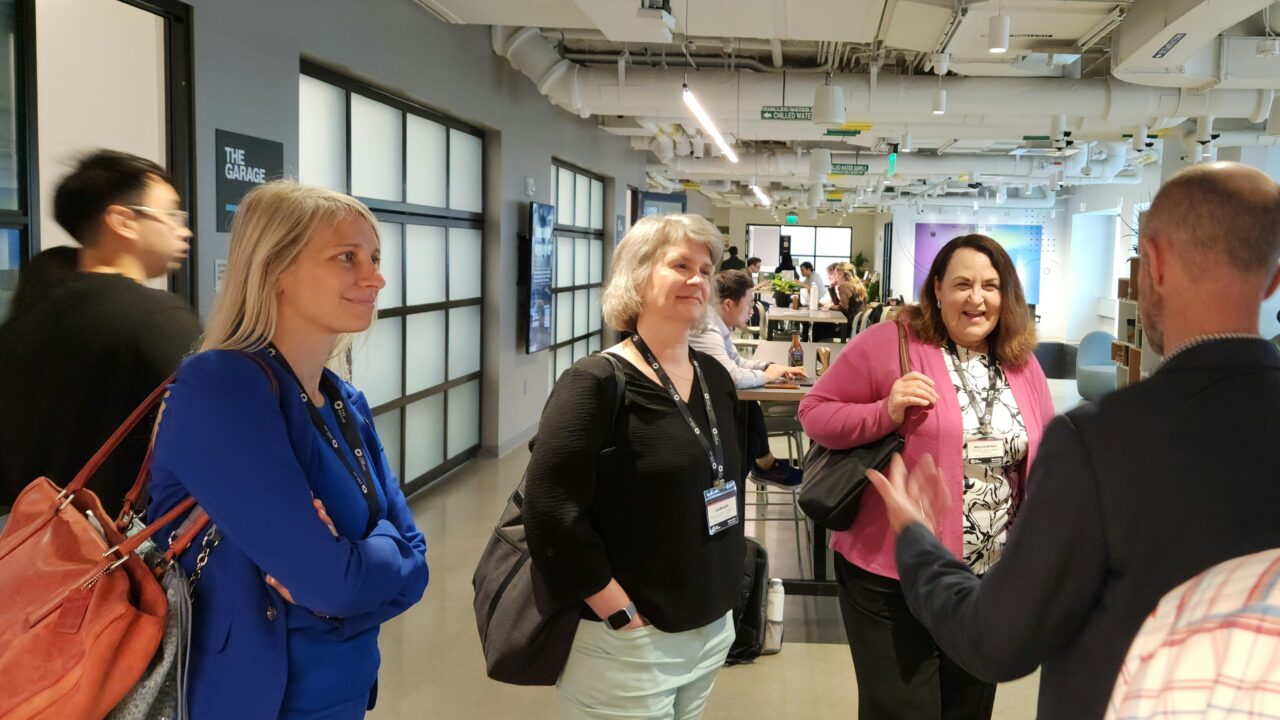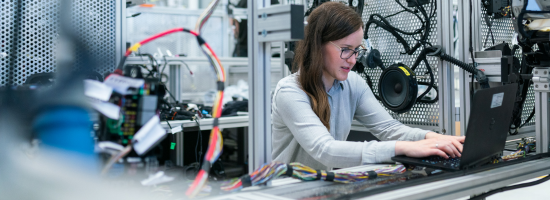While our state remains a global leader in research and innovation, the challenge of translating breakthrough technologies into thriving businesses that create jobs in our Gateway Cities has never been more urgent. Two recent events illuminate both the opportunities and the obstacles ahead.
The Innovation Pipeline Challenge
At its Cambridge headquarters, The Engine’s Make It in MA 2025 conference this week addressed a stark reality: Massachusetts excels at the conceptual stage of innovation but struggles to support companies through the critical transition from lab to market. This “valley of death” between research and commercialization threatens our competitive edge as other countries like China leverage integrated public-private partnerships to accelerate deployment.
The Engine currently houses 113 early-stage “tough tech” companies spanning sectors from energy storage to biotechnology, with 60% having academic co-founders primarily from MIT and Harvard. Yet as these companies mature—typically when they reach 15-20 employees and secure Series A funding—they face a crucial question: where will they scale their operations?

Gateway Cities as Growth Partners
This is where our Gateway Cities become essential. During a workshop on May 20th that the Gateway Cities Innovation Institute hosted for local economic development leaders, Ben Downing, The Engine’s Chief Growth Officer and a former state senator from Pittsfield, emphasized that siting, permitting, and infrastructure were all more important to growing tech companies than lab space. Gateway Cities, with their industrial heritage, available land, and competitive costs, should be ideally positioned to capture this growth.
Companies spinning out of The Engine take one of three key pathways for growth: building a full-fledged factory of their own, developing a pilot manufacturing facility to refine the process and develop the market for its product (such as Sublime Systems in Holyoke), or partnering with an established commercial entity, such as Flexcon in Spencer, to scale up production.
To date, Sublime’s expansion to Holyoke has been the premier example of what might be possible (and their ongoing success an inspiration despite the Trump administration’s cancellation of their $87 million federal grant). Other examples of spinoff growth include Lithios—a company developing sustainable lithium extraction technology—which recently graduated from The Engine to an 8,000-square-foot pilot manufacturing plant in Medford after raising $12 million in seed funding. Or Boston Metal, which has developed a cleaner electrochemical process for making steel and other metals. The start-up has raised more than $370 million from around the world and sited its global headquarters in Woburn.
Our goal is to capture more of these opportunities. The collaboration between MassINC and The Engine represents a strategic effort to position Gateway Cities as a natural next step for companies outgrowing Cambridge’s incubator space.
Site Readiness: The Foundation of Competitiveness
During our May workshop, MassDevelopment experts Rob Anderson and Amanda Newmiller revealed that successful economic development requires more than just available space—it demands site readiness. They outlined a comprehensive approach: communities must conduct SWOT analyses, ensure visibility in site selection processes, and most critically, prepare their sites for immediate development.
The site selection process is unforgiving. Companies conduct initial screenings that can eliminate locations within days based on factors including labor skills, operating costs, transportation access, utilities, and business environment. Communities that can’t provide immediate answers about zoning, utility capacity, or environmental conditions simply don’t advance to the next round. Worse, they may never realize that they were in the running at all.
MassDevelopment’s examples—from Worcester’s 95 Grand Street development to Pittsfield’s Site 9 transformation— demonstrate how strategic site preparation creates competitive advantages. These projects involved everything from infrastructure upgrades to environmental remediation, creating “shovel-ready” opportunities that attract investment.
Breaking Down Systemic Barriers
Participants in the Make It in MA 2025 event largely agreed that Massachusetts provides an ecosystem of state economic development programs that rivals any state, but as Joe Rodden, the CEO of Lydian, said, “The support systems don’t make up for the additional costs” of doing business in Massachusetts.
Systemic challenges require coordinated action. Utility capacity emerged as a critical bottleneck, while permitting speed also differentiates successful locations. The ability of Devens to attract a cluster of The Engine’s spin-off companies reflects the competitive advantage of streamlined regulatory processes. Once companies succeed in locations with efficient permitting, they attract additional companies as other founders take notice.
Meanwhile, the changing federal landscape underscores the importance of state and local capabilities we can control—workforce development, infrastructure investment, and regulatory efficiency.
A Call for Action
The path forward requires what conference participants called “a bias for action.” We need comprehensive strategies that go beyond individual programs to address fundamental challenges: expensive energy, limited housing, slow permitting, and inadequate workforce preparation for advanced manufacturing careers.
Lt. Governor Kim Driscoll acknowledged these challenges in her keynote panel this week. She detailed her administration’s efforts to overcome them, including the Mass LEADS Act, overcoming barriers to housing production, transportation and education investments, and tax reform.
MassINC’s vision has long been to reestablish Gateway Cities as economic and job centers for their regions, which includes developing their capacity to help new businesses grow quickly and with agility.
Here are some of the ways that could happen:
- Level the playing field: make it easier, not harder, to invest in our postindustrial communities by streamlining permitting processes and comprehensively pre-permitting zones that eliminate regulatory uncertainty.
- Promote energy abundance in Gateway Cities: upgrade grid infrastructure, create pathways for public and community ownership of energy generation, support energy storage, and reduce utility connection time and costs.
- Establish regional innovation campuses: foster a network of larger incubator spaces connected to The Engine by creating satellite facilities with regional partners such as universities, municipalities, and economic development organizations. Tough tech companies need shared “shop” spaces and machinery to prototype and pilot production on a larger scale than that available in Cambridge. The most successful of these facilities seem to respond to the needs of existing growing businesses rather than hunting for businesses to recruit.
- Create the workforce of the future: expand vocational education and early college slots and establish earlier partnerships with schools and industry to develop career paths in advanced manufacturing.
Massachusetts has the research foundation and entrepreneurial talent to lead the next wave of technological transformation. Whether we capture the economic benefits of that leadership depends on our ability to build bridges between our innovation centers and the communities ready to help these companies grow and build. The conversations in May and June helped illuminate the roadmap—now we must act on it.
